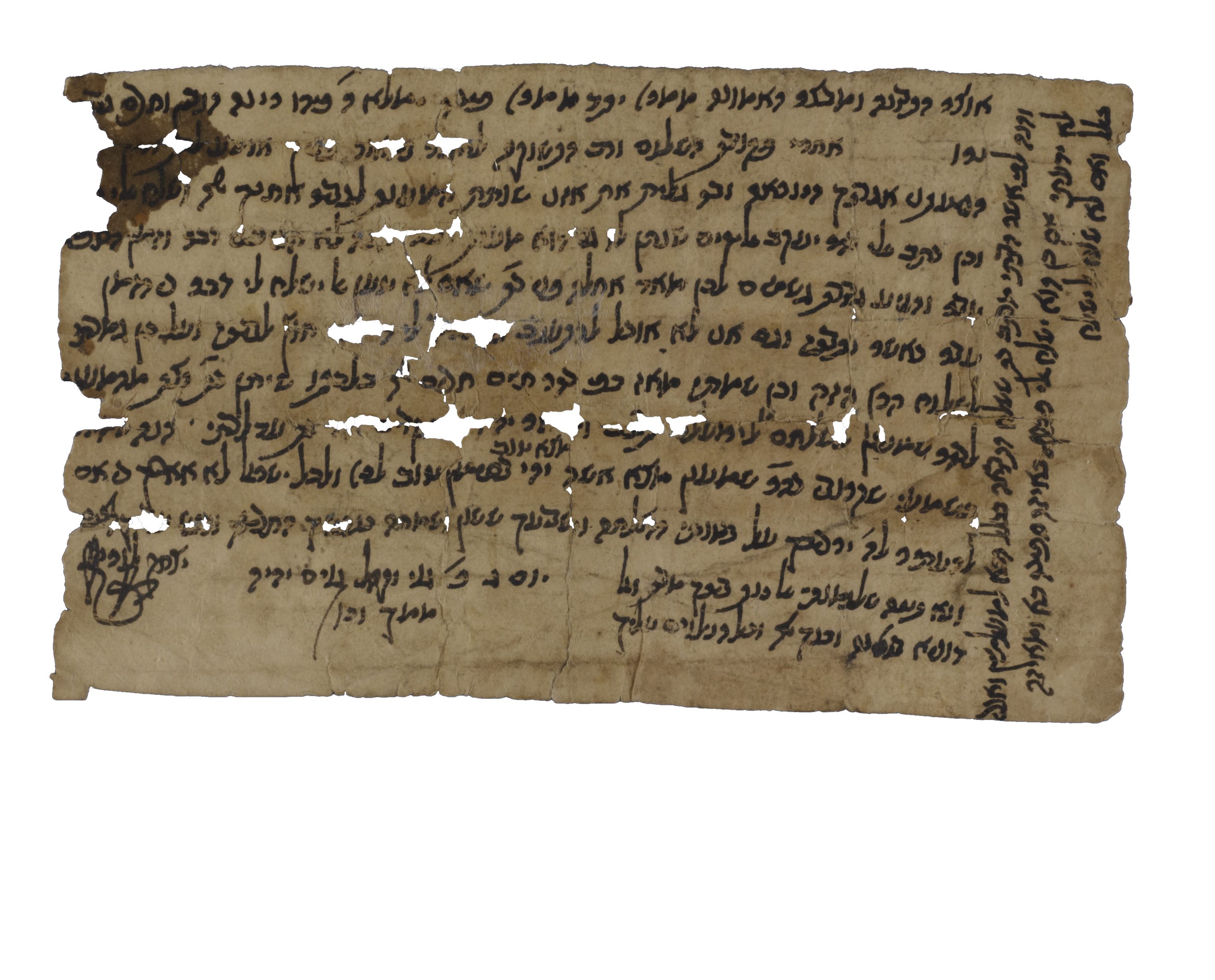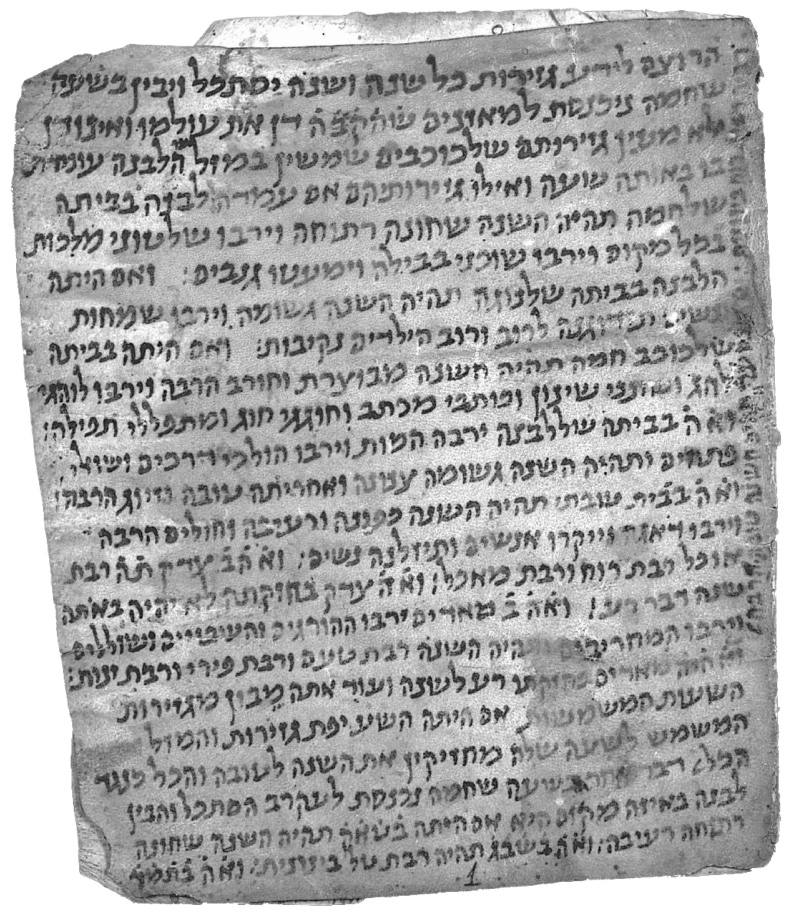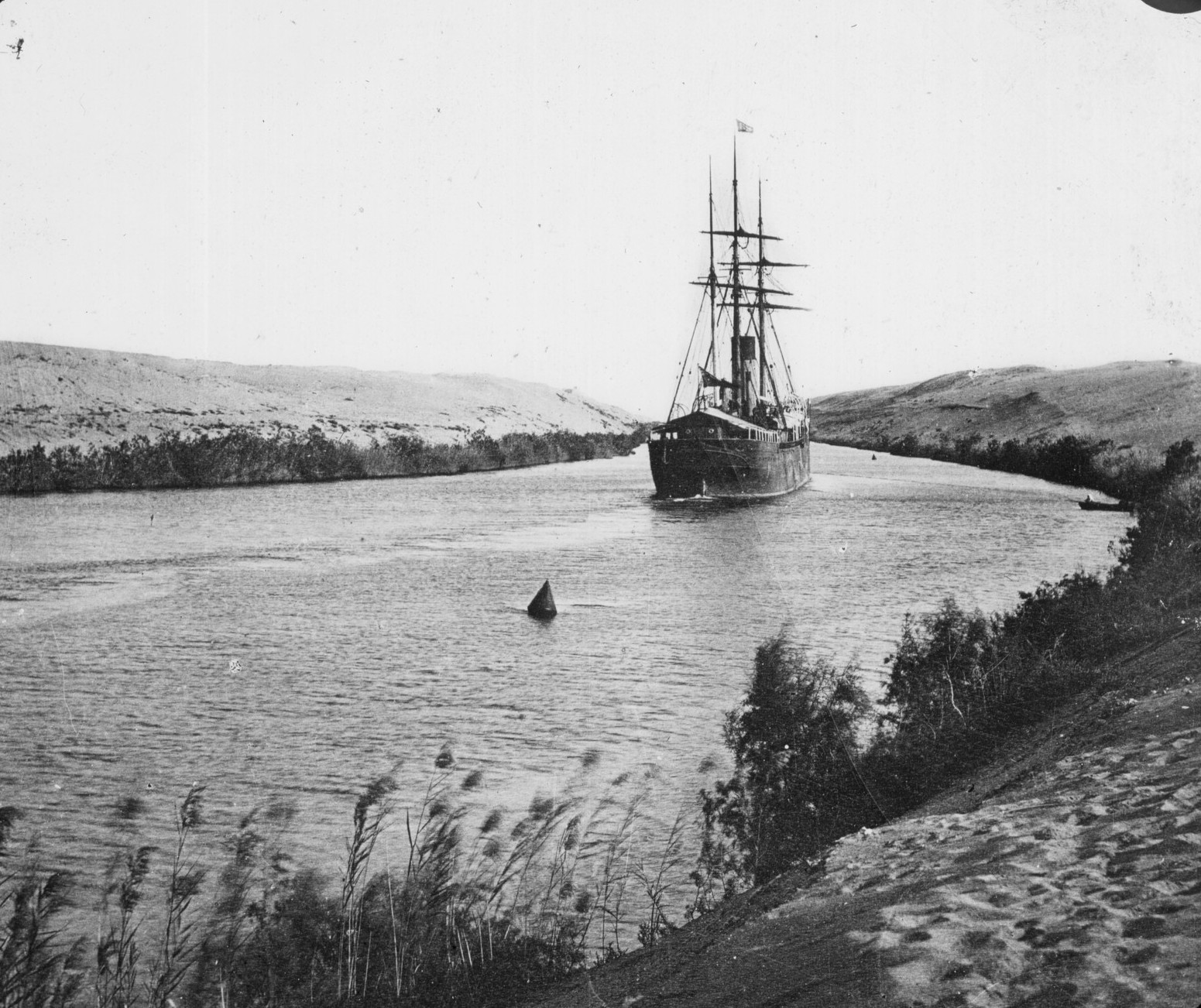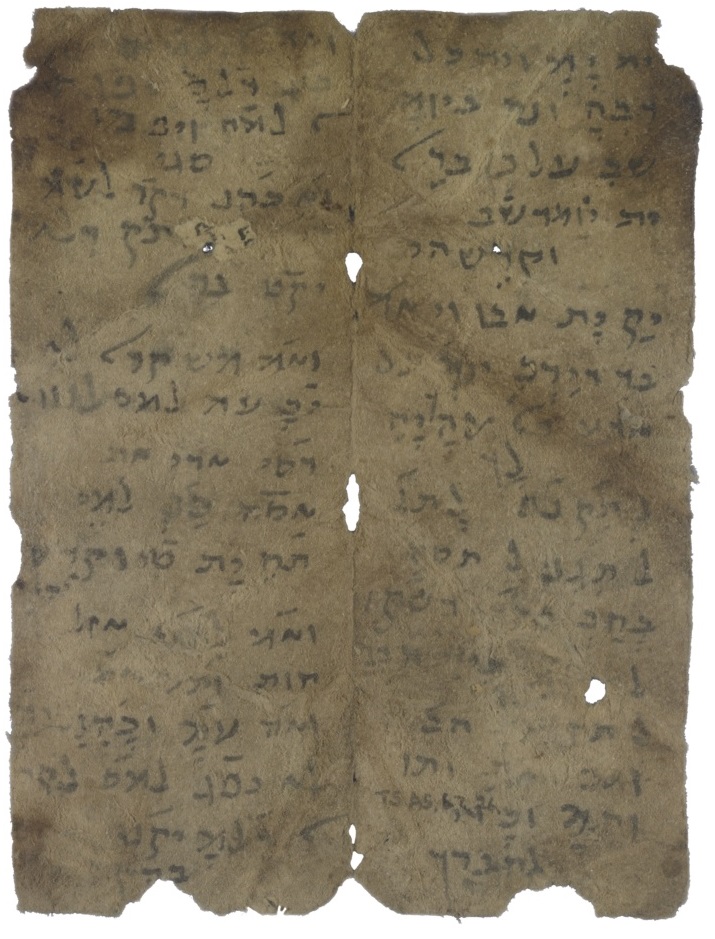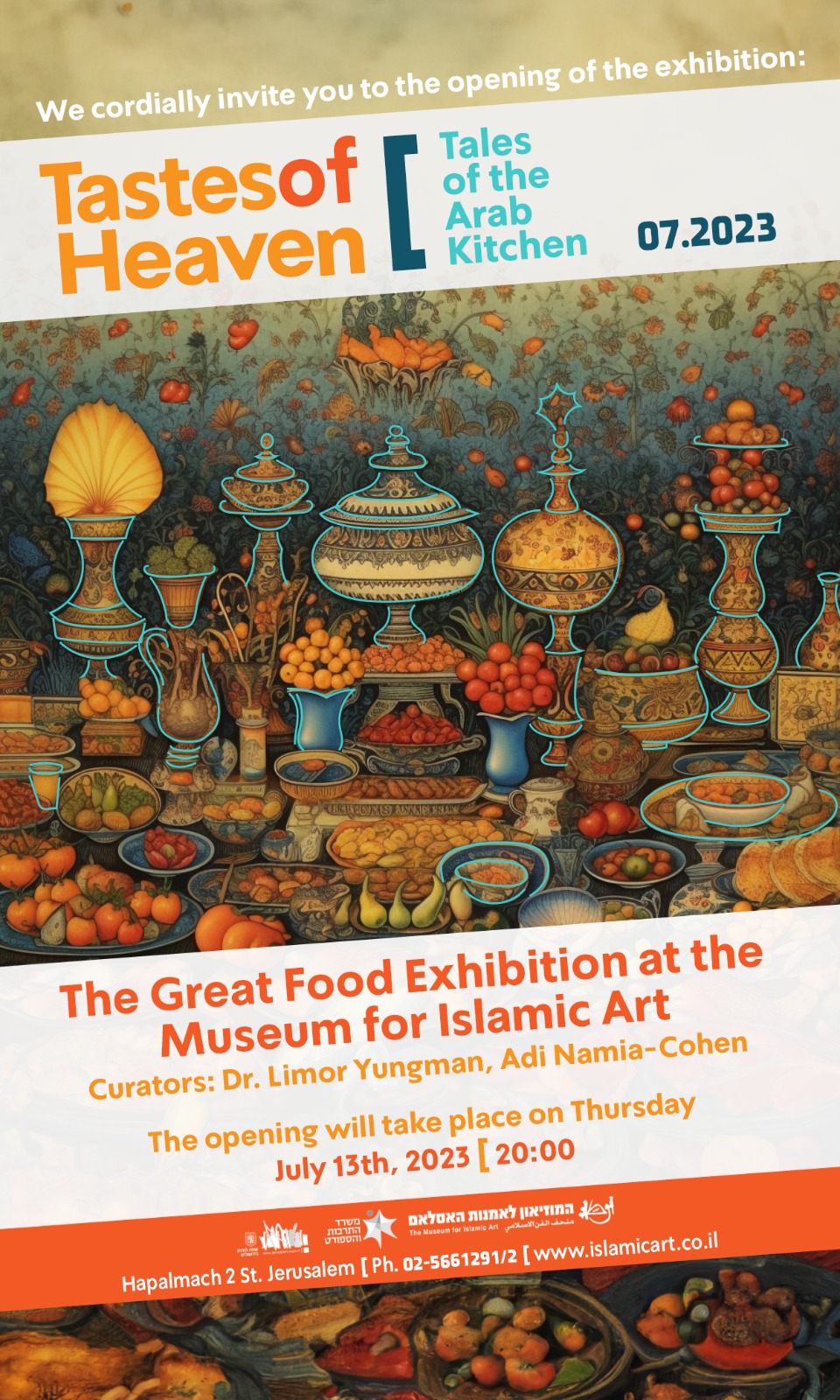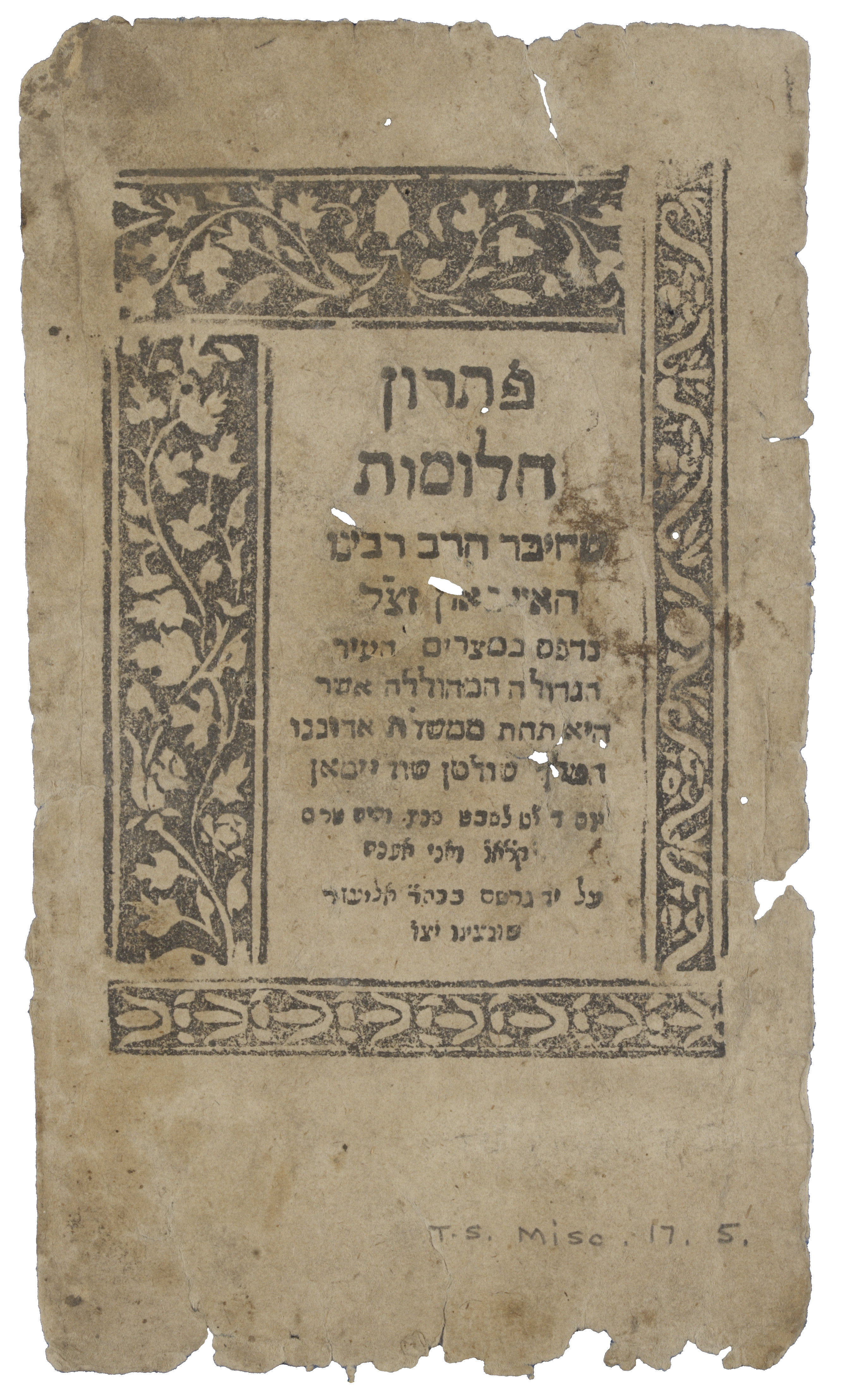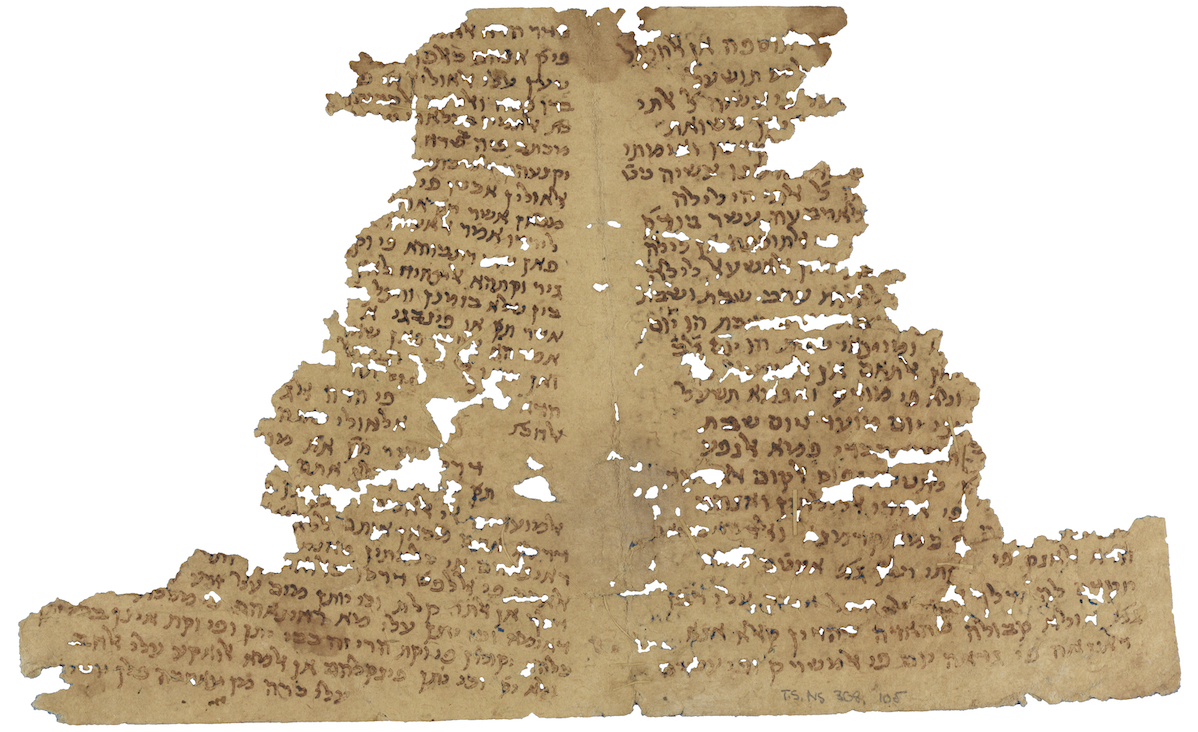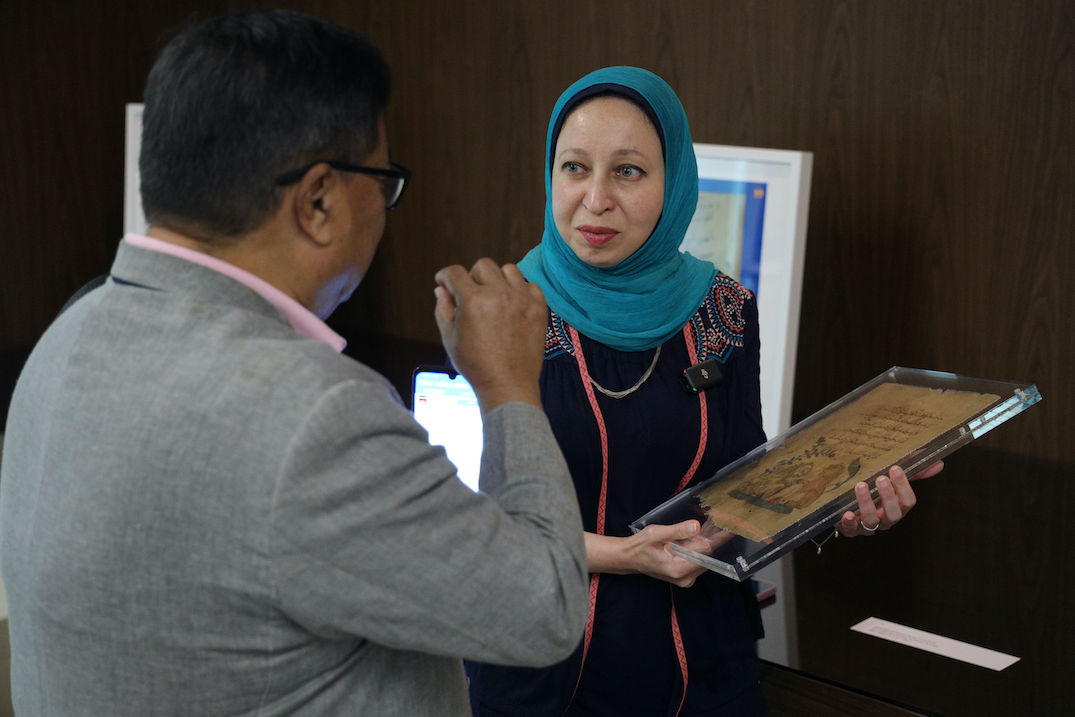T-S NS 305.198 and T-S NS 305.210: Pages from a Christian Arabic Psalter
By Melonie Schmierer-Lee and Nick Posegay
on Wed 19 Jun 2024
Nick, you’ve recently published an article about a Bible fragment.
That’s right. Two fragments in fact: T-S NS 305.198 and T-S NS 305.210. They join together to make a single bifolium from an Arabic psalter manuscript. So, a book of Psalms and other liturgical songs that would’ve been sung in Arabic church services. This page is the beginning of the ‘canticles’, a selection of songs from other parts of the Bible that Orthodox churches included at the end of their psalters. The first canticle here is from Exodus 15:1–120. It’s known as the ‘Song of the Sea’, the song...
Read More...
Has tags: Arabic, Bible, Genizah Fragments, Q&A
Genizah scraps in their new display box
By Melonie Schmierer-Lee
on Fri 7 Jun 2024
Cairo Genizah manuscripts are usually torn or damaged in some way. There are often pieces missing or words that are hard to read where the ink has rubbed or flaked away. But what happened to the missing pieces? Some of the scraps are kept in a crate in our manuscript storage area – blank or believed to be too damaged or fragmentary to be worth conserving, and picked several times over for anything worth assigning a class mark. Towards the bottom of the crate, the fragments become smaller and smaller, until they are just ink crumbs and dust: 'the dust of centuries' as Schechter once...
Read More...
Has tags: conservation, Genizah Fragments, printed
By Marc Michaels
on Fri 7 Jun 2024
My colleague, Estara Arrant posted an image on social media of one of the nine fragments that constitutes T-S K22.16, jokingly remarking that the streaky brown mess resembled a slice of toast.
As one might expect the catalogue entry on these fragments is short. Very short. It consists of one word - ‘illegible’. This of course piqued my interest. What was the ‘toast’ hiding? Also, I love a challenge. Thus, the day after the 2024 Ullendorff lecture, Estara brought the manuscript into the Genizah Unit and we set to work to solve the puzzle.
Whilst we refer to this as toast,...
Read More...
Has tags: Genizah Fragments, Targum
The Illustrated Cairo Genizah: pre-order your copy today (for dispatch in October 2024)
By Nick Posegay and Melonie Schmierer-Lee
on Fri 24 May 2024
We are very excited to announce that our new book, The Illustrated Cairo Genizah, is now available for pre-order! See https://linktr.ee/CambridgeGRU to order.
2024 marks 50 years since the founding of the Genizah Research Unit at Cambridge University Library. To celebrate our 50th birthday, we are publishing a large coffee-table style book to share the highlights of the Cambridge Genizah Collections. 320+ manuscript images are presented over 12 thematic chapters, accompanied by facts, background, and answers to...
Read More...
Has tags: Book, Genizah Fragments
Entrance to the exhibition 'La Edad de Oro de los Judíos de Alandalús'
By Melonie Schmierer-Lee
on Mon 20 May 2024
From 15 September 2023 to 31 March 2024, the Centro Sefarad-Israel in Madrid hosted a new bilingual Spanish-English exhibition ‘La Edad de Oro de los Judíos de Alandalús’ (The Golden Age of the Jews of Al-Andalus). In its 6-month run in the atmospheric brick-lined basement of the Centre, the exhibition received 15,000 visitors. For those who were not able to visit, a video tour (in Spanish) of the exhibition is...
Read More...
Has tags: al-Andalus, exhibition, Genizah Fragments, Moses Maimonides
Divorce deed dated 1181 CE, T-S 10J2.34
By Marc Michaels
on Tue 30 Apr 2024
As a Sofer STa”M (scribe) one of the tasks I undertake is to write giṭṭin – Jewish divorce documents – sadly, usually one or two a month for the last 25 years.
There are many giṭṭin in the Genizah and, as dated documents, with mention of the husband and wife and the ʿedim (witnesses) they provide a window into the society, bringing real people to the fore. However, whilst looking through these, one fragment caught my attention as it was not about the individuals,...
Read More...
Has tags: divorce, Genizah Fragments, get, marriage, scribe
Mosseri III.232: A autograph letter by Isaac Luria
By Ben Outhwaite
on Sun 31 Mar 2024
The Genizah has preserved only a few glimpses of the life of the influential qabbalist Isaac Luria Ashkenazi, the Ari – הארי ז׳׳ל, 1534–72 CE. Similarly sparsely attested in the documentary record of the Genizah is his contemporary Joseph Karo, compiler of the Beṯ Yosef and the Šulḥan Aruḵ. Karo spent most of his later career in Safed – about forty years in fact – and was not therefore a firsthand participant in the Egyptian communities preserved in the Cairo Genizah. Luria, on the other...
Read More...
Has tags: Genizah Fragments, Hebrew, Isaac Luria, Safed
RNL Ms EVR. Antonin B 154, recto left – from the Collections of the National Library of Russia
By Sacha Stern
on Sat 2 Mar 2024
The Jewish calendar that is in almost universal use today, and in the Middle Ages was associated with the Rabbanites, was instituted at some point in the ninth century (its attribution to a Hillel in the mid-fourth century is a medieval tradition that has long been disproved in modern scholarship). It is a fixed calendar, based on a calculation. Its origins are yet to be fully understood, although some of its elements can be traced back to Talmudic sources. The fragment I present here reveals new ‘missing...
Read More...
Has tags: calendar, Genizah Fragments, Russian National Library
Ship in the Suez Canal; contemporary photograph by the Lewis-Gibson sisters from the Westminster College collection.
By Catherine Ansorge
on Mon 26 Feb 2024
The discovery of the Cairo Genizah manuscript fragments in the synagogue in Al-Fustat, Old Cairo, has already been well documented. In January 1897, Solomon Schechter, the Cambridge rabbinical scholar, made his first visit to the synagogue subsequent to information given to him by the twin sisters Agnes Lewis and Margaret Gibson that these texts, stored there over centuries, could be of unexpected interest. The twins had visited Cairo briefly the previous year prior to the start of an expedition to look for manuscripts in Cairo and Jerusalem. On their return to Cambridge, they had, with...
Read More...
Has tags: Agnes Lewis, Genizah Fragments, Margaret Gibson, Solomon Schechter
T-S AS 67.26 (verso): abbreviated Targum fragment
By Kim Phillips
on Thu 8 Feb 2024
Among the most charming of the dozens of thousands of Bible fragments found in the Cairo Genizah, are the hundred or so in which the biblical text is written in some sort of shorthand, or abbreviated, manner. At least three different methods of abbreviation are found among these manuscripts. Sometimes, only the opening few words of each verse are written (the ‘Lemma Method’). The great pronouncement of comfort in the opening...
Read More...
Has tags: Bible, FOTM, Genizah Fragments, serugin, Targum, vocalisation
By Melonie Schmierer-Lee
on Sun 29 Oct 2023
Food represents culture without boundaries with flavors, changing fashions, and personal preference all gaining expression in our plates. Celebrating the food culture of the Middle East, a new temporary exhibition 'Tastes of Heaven: Tales of the Arab Kitchen' – curated by Limor Yungman and Adi Namia-Cohen at the Museum for Islamic Art in Jerusalem – brings together cookbooks, artworks, travelers' literature, cooking, eating and drinking utensils, archaeological discoveries, historical...
Read More...
Has tags: exhibition, food, Genizah Fragments
Ben Outhwaite's interview on Radio Maria.
By Sarah Sykes
on Sat 28 Oct 2023
In recent weeks Genizah researchers recorded two radio interviews about the collection and its Bible fragments for the Catholic radio station Radio Maria England. On 24 July 2023, Dr Ben Outhwaite gave an introductory talk on the Cairo Genizah covering its history and importance to our understanding of Jewish medieval life, and on 25 September, Dr Kim Phillips followed up with a talk about early Bible fragments in the Genizah collections, explaining how scribes maintained the accuracy of their holy texts and how that relates to the Bible you read today.
Radio Maria England aims to...
Read More...
Has tags: audio, Bible, Genizah Fragments
T-S Misc.17.5. Hebrew title page of Pitron Ḥalomot, the first book ever printed in Egypt.
By Ben Outhwaite
on Fri 27 Oct 2023
Today we are announcing a new piece of Genizah research and a new book in the field of book history from our friends over at Gorgias Press. This book, titled Literary Snippets: Colophons Across Space and Time, is a collection of essays examining the widespread phenomenon of ‘colophons’ in manuscript culture. From Gorgias Press:
The colophon, the ultimate or “crowing touch” paragraphs of a manuscript or a book, provides readers with a the historical context in which the scribe produced the manuscript (or the publisher, a book). At its most fundamental level, the... Read More...
Has tags: article, colophon, Genizah Fragments, printed
T-S NS 308.105 (front) - a refutation in need of reconstruction.
By Nadia Vidro
on Thu 13 Jul 2023
Most Genizah fragments are damaged – “torn”, “stained”, “rubbed”, “faded” occur frequently in Genizah catalogues – but some fragments are more damaged than others. Ink corrosion can destroy a text almost completely. A page torn vertically is harder to make sense of than one torn horizontally. It is especially frustrating but also tantalising when writing is preserved but earlier conservation work has, through error or a misunderstanding, obscured it. In such cases, working today with the UL’s Conservation...
Read More...
Has tags: calendar, conservation, Genizah Fragments, polemic, Saadiah Gaon
Team Member Dr Sally Abed with a copy of a copy of Kalila wa-Dimna from the Genizah
By Ben Outhwaite
on Wed 22 Mar 2023
The Arabic Poetry in the Cairo Genizah project (APCG) recently embarked on a tour of the United Arab Emirates, showcasing its collection of poetry manuscripts to scholars and the public in Abu Dhabi and Dubai. Dr Mohamed Ahmed, head of the project, organized the tour in the Gulf with the aim of highlighting the significance of the Cairo Genizah as a repository of Arabic literature and an important – but little known – resource for Arabic textual history.
...
Read More...
Has tags: Arabic, exhibition, Genizah Fragments, poetry







